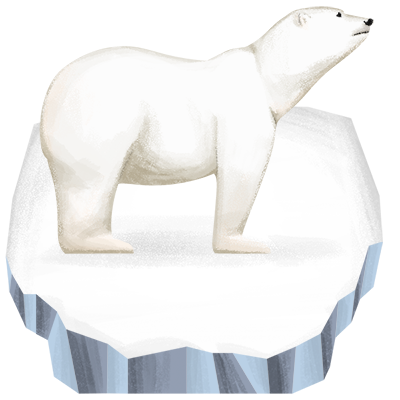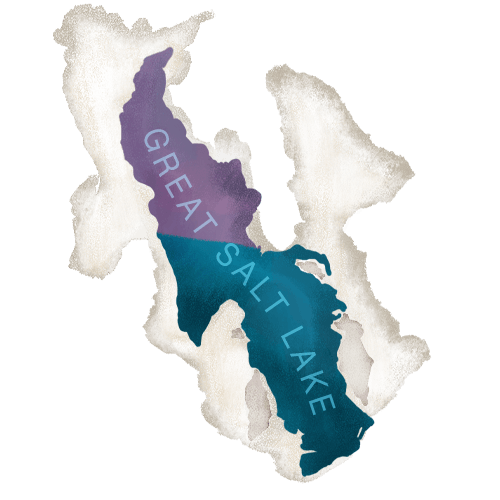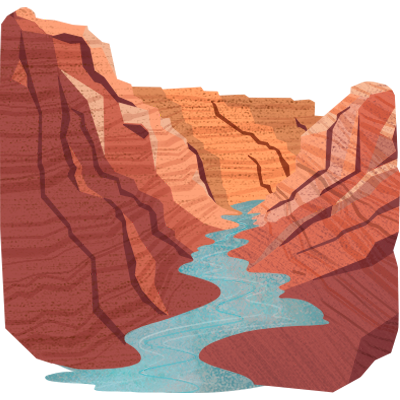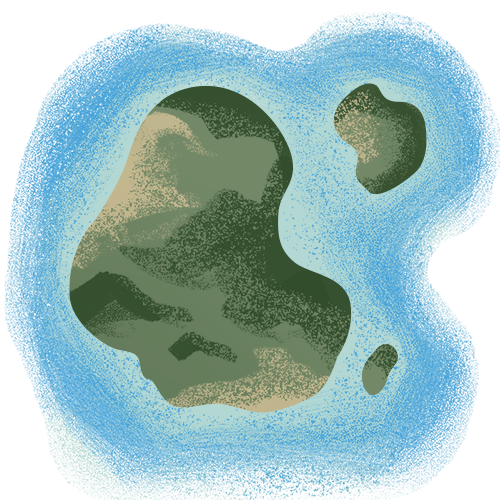From the vast lakes of the US to the mangrove forests of Bangladesh, everything is at stake as the world heats up
A climate-fuelled megadrought has helped push the Great Salt Lake to such record lows that it could disappear in the next five years.
The Alps could lose up to 70% of snow cover by the end of the century if temperatures continue to rise.
Sea level rise and extreme weather looks set to wipe out one of the last remaining strongholds for Bengal tigers.
On the brink
Glaciers. Coral. Your cup of coffee. Explore what’s at risk of disappearing as the climate crisis rapidly alters our world.
Nowhere is safe from the climate crisis as it drives up temperatures and fuels extreme weather that devastates communities and pushes plant and animal species to the brink.
The past eight years were the hottest on record. The growing concentration of planet-heating pollution is sending our world barreling toward irreversible climate tipping points, beyond which some of the most iconic species and ecosystems may no longer be salvageable.
Climate change is by no means the only threat many of them face – most are at risk from a slew of other, often human-caused, problems – but its pervasive influence is increasing and adding pressure they can ill-afford.
Every fraction of a degree by which the world can reduce global warming will give us more of a chance to save the planet’s rich, diverse and vital ecosystems.
How much we can save depends on how quickly the world acts.
- Snow and ice
- Land
- Oceans
















Select a species or landscape to learn more about its risk from climate change
We look at 16 species and landscapes at risk of disappearing across rising oceans, frozen poles and fast-heating land. Just a tiny fraction of what we stand to lose, they are diverse in geography but united by one thing – their vulnerability to the climate crisis.
The world’s coldest places are heating up fast. As the snow and ice disappears, animals lose vital habitat, sea levels rise and the land and oceans absorb more heat, driving global temperatures even higher.
From the mighty Colorado River to the rugged mountains of China, climate change-fueled extreme weather on land – including heat waves, droughts and storms – threatens the species that rely on these unique ecosystems.
The oceans are a vital buffer against climate change, absorbing almost all of the world’s excess heat. But warming oceans and rising sea levels are devastating marine life and whipping up destructive storms.



